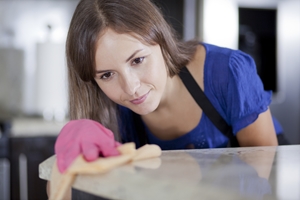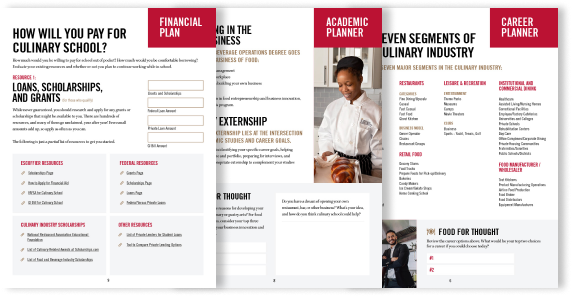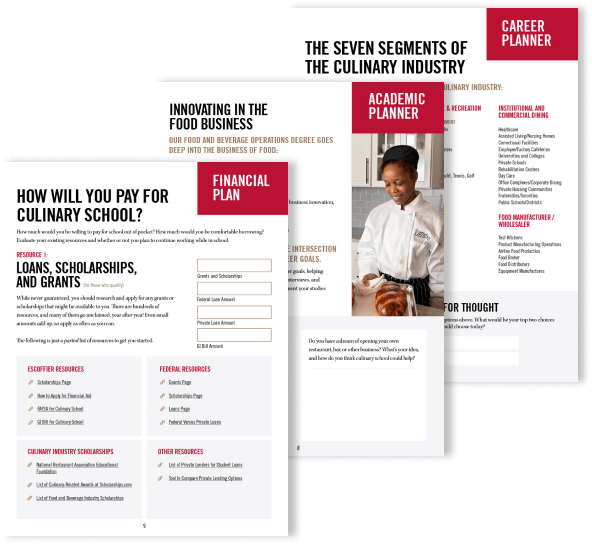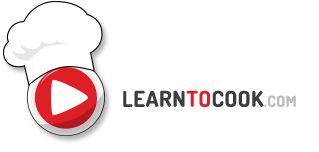Top 6 Kitchen Best Practices
 Most American homes would fail a sanitation audit. Many of the practices you use on a daily basis actually promote the growth of bacteria, which can lead to foodborn illnesses. Fortunately, you don’t have to reach perfection to have a safe kitchen and home, and the changes you should make are simple. As you take culinary courses online, educate yourself on these essential kitchen best practices:
Most American homes would fail a sanitation audit. Many of the practices you use on a daily basis actually promote the growth of bacteria, which can lead to foodborn illnesses. Fortunately, you don’t have to reach perfection to have a safe kitchen and home, and the changes you should make are simple. As you take culinary courses online, educate yourself on these essential kitchen best practices:
1. Clean your counters after use
You may think to brush away crumbs from your counter after cooking, but you should be washing the space. A bit of raw egg whites, juice from meat or spilled wine will collect bacteria over time. Simply wiping the counter doesn’t remove the food particles left there. Choose a disinfecting wipe or anti-bacterial soap to clean the countertops after each meal or snack preparation.
2. Refrigerate leftovers within two hours of cooking
Pop your leftover food in the refrigerator within a maximum of two hours after taking it off heat. Bacteria thrives in temperatures between 40 degrees Fahrenheit and 135 degrees, and it grows after that two-hour limit. Try to place the food in the fridge (which should be below 40 degrees Fahrenheit) sooner rather than later.
3. Swap or clean your cutting board
If you’re using a cutting board for raw fish, poultry or meat, you should either get a new one or wash it thoroughly before cutting another food item. Raw meat juices make an ideal home for bacteria and it will transfer to other foods if it makes contact. If you choose to wash rather than pull out a clean board, you should use kitchen best practices. The FDA recommends you wash the cutting board with hot soap and water, then douse it with a mild chlorine bleach solution. This kills any remaining harmful bacteria.
4. Wash your dishes immediately
While leaving dishes to soak might sound like a good idea (it helps lift the food off the plate), this practice promotes bacterial growth. All those particles sit in the food danger zone for an extended period of time, and the moisture from the water only speeds up growth. Wash your dishes as soon as possible using hot soapy water, then let them air dry. Towel drying is also acceptable, but air drying is the most sanitary option.
5. Defrost in cold environments
Many kitchen best practices come back to the food temperature danger zone, including thawing. Defrost frozen items by placing them in the refrigerator, thawing them in the microwave or submerging them in cold water. Never let food sit on the counter top to thaw – it will bring the food between 40 and 135 degrees.
6. Use paper towels for meat clean ups
Using a cloth dish towel is great for eco-friendly practices, but you should avoid letting it touch raw meat. Clean the counter after cutting uncooked poultry, fish or meat with a paper towel, then throw it in the garbage. A fabric dish towel will absorb the juices from the meat, and bacteria can grow. If you don’t think about it, you may then use the dirty towel to dry your dishes.
Online Culinary School Planner & Checklist
Online Culinary School Planner & Checklist
Find out what a culinary education can do for you.

What might a career in the culinary or pastry arts look like for you? Online culinary school is a fast, affordable way to launch a career in the culinary or pastry arts. Get the workbook to see how it could help you.







Recent Comments